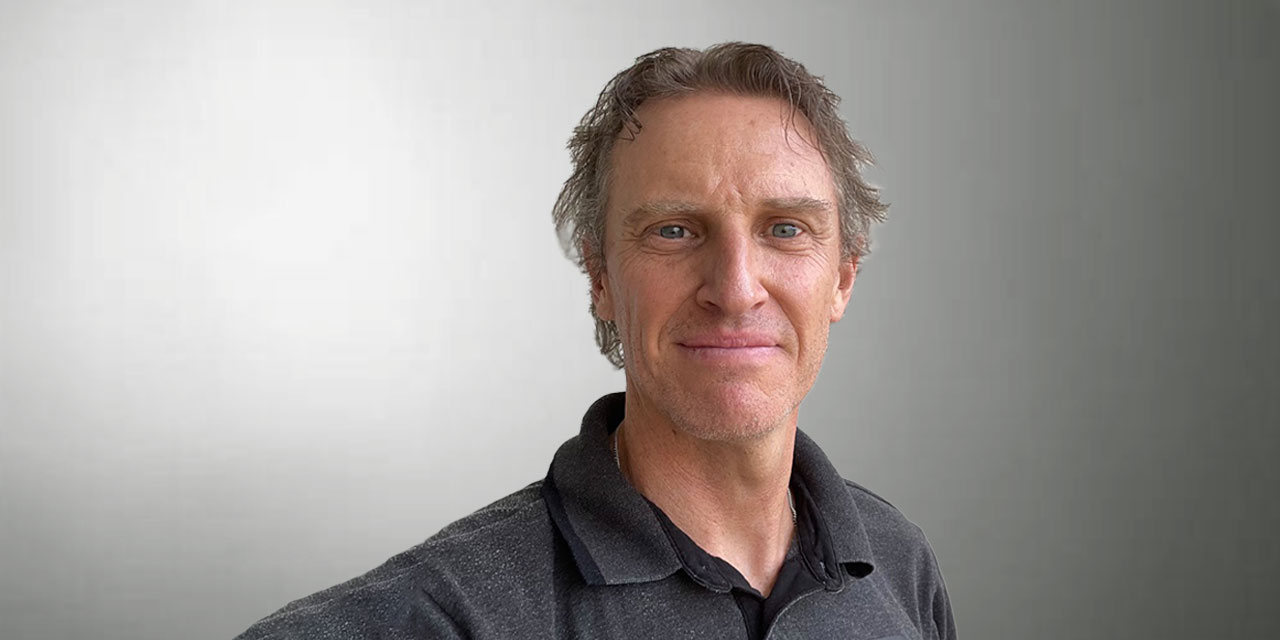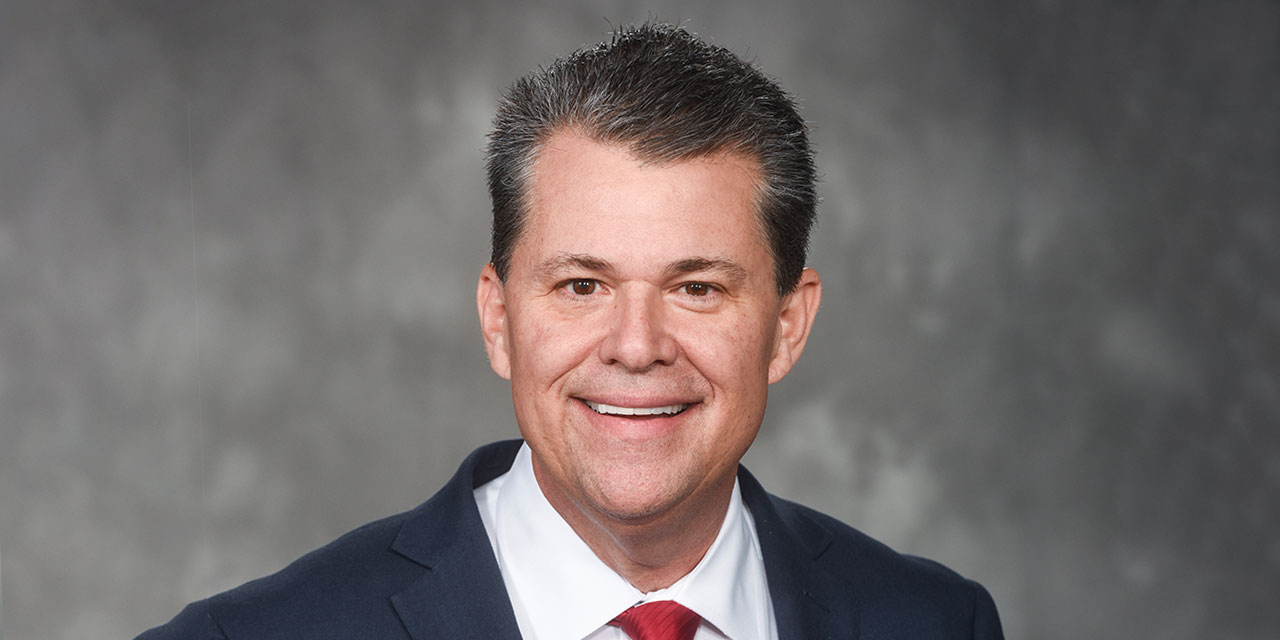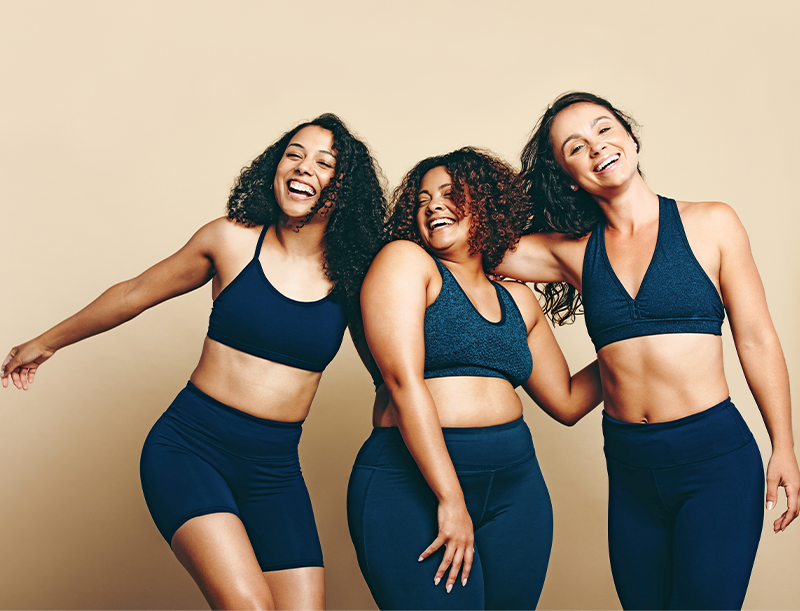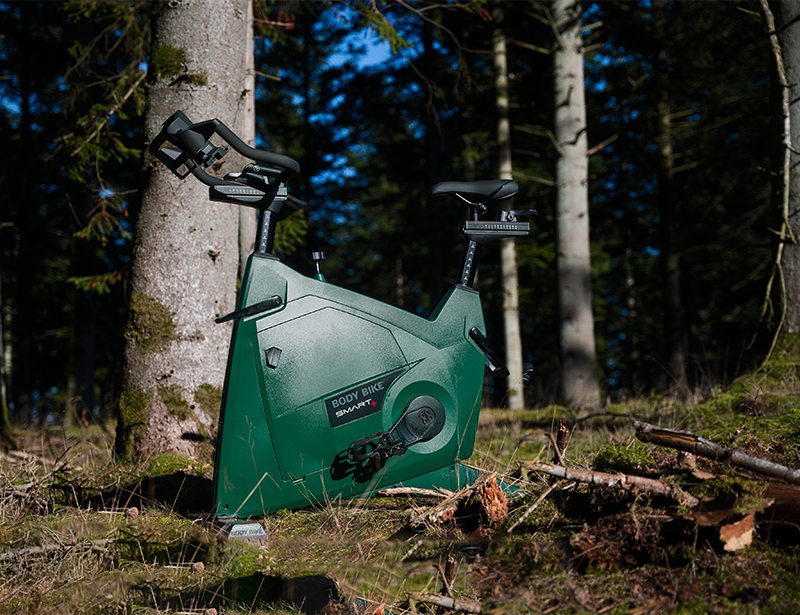Indoor cycling trends
The future of indoor cycling
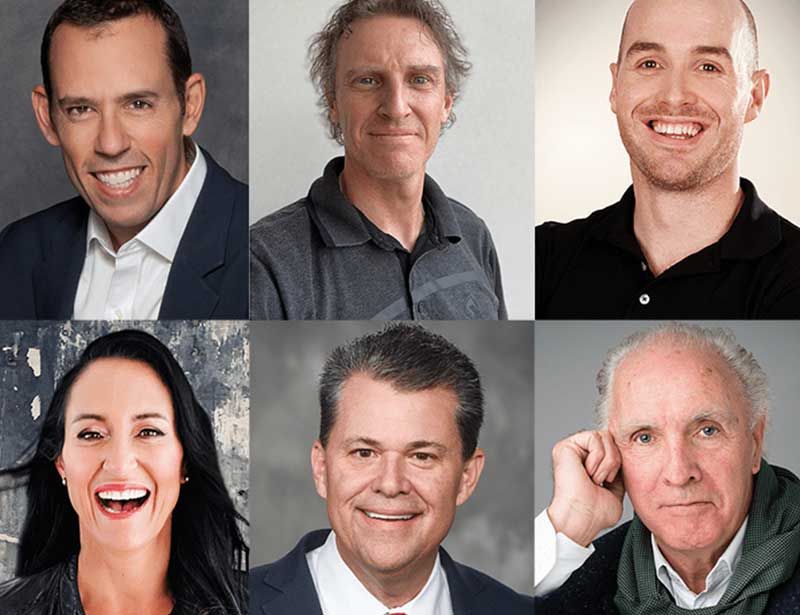
Meet our panel
Jon Canarick: Partner, North Castle Partners – US
Lee Smith: Distributor, BODY BIKE + Les Mills – Australia
Doyle Armstrong: International master trainer, Team ICG
Emma Barry: Global fitness authority
Brian O’Rourke: Fitness technologist & futurist
David Minton: Director, TLDC – UK
Hear from our experts on…
- Technology-enhanced experiences
- New workout habits and patterns
- A shifting at-home / in-club balance
- Experience with a capital E
- Out-of-club shaping in-club offerings
- Bespoke, signature programming
- Virtual / in-person blends
- AI, AR, VR, GAFA
- The changing shape of the club market
- Ramped-up qualifications
- A new breed of cycling instructor
- The onus on the operator
- Esports and gamification
- An expanded definition of hybrid
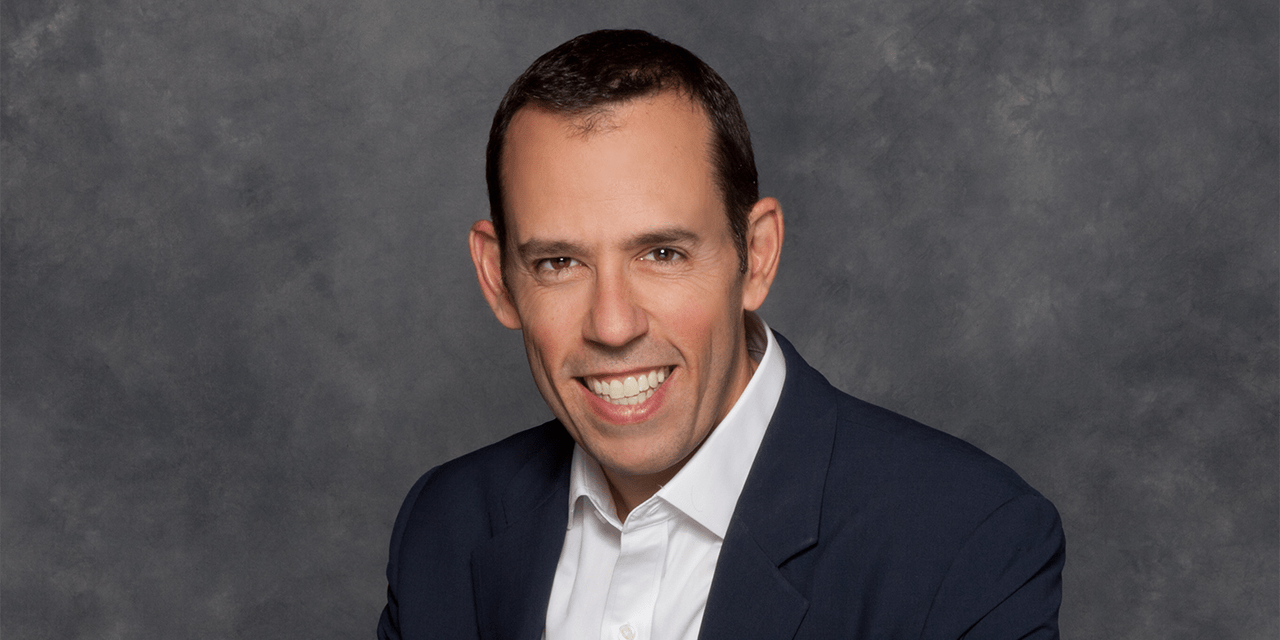 Jon Canarick
Jon Canarick
Partner, North Castle Partners – US
It’s hard not to start with the home product. I wouldn’t say the future of indoor cycling is primarily home-based, but at-home will play a major role.
With connected fitness, at-home indoor cycling is a far better experience than it used to be. On top of that, hybrid working routines – part-time in the office, part-time from home – are with us for the long term. On the days when you don’t have to leave the house for any other reason, I believe you’re more likely to opt for a home workout over the gym.
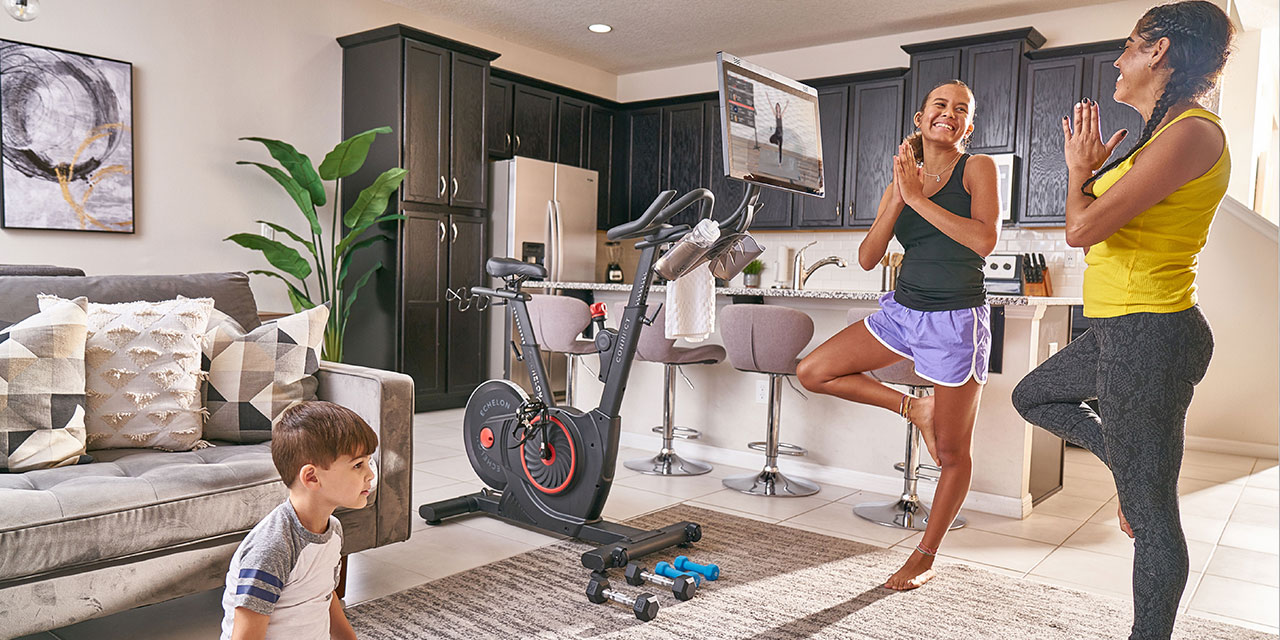
However, people still crave human interaction and the energy of exercising together; towards the back end of 2021 and into 2022, we’ll see a significant return of members to gyms. So I do think indoor cycling will continue in many clubs, particularly at the higher end of the scale – the likes of Equinox and Lifetime Fitness.
The number of classes on offer in the US mid-market will fall dramatically, though, simply because there won’t be as many clubs. Many of these brands went bankrupt during the pandemic and estates will now be slashed.
Wallmart has ordered an astonishing number of bikes. we’re selling them as fast as we can make them
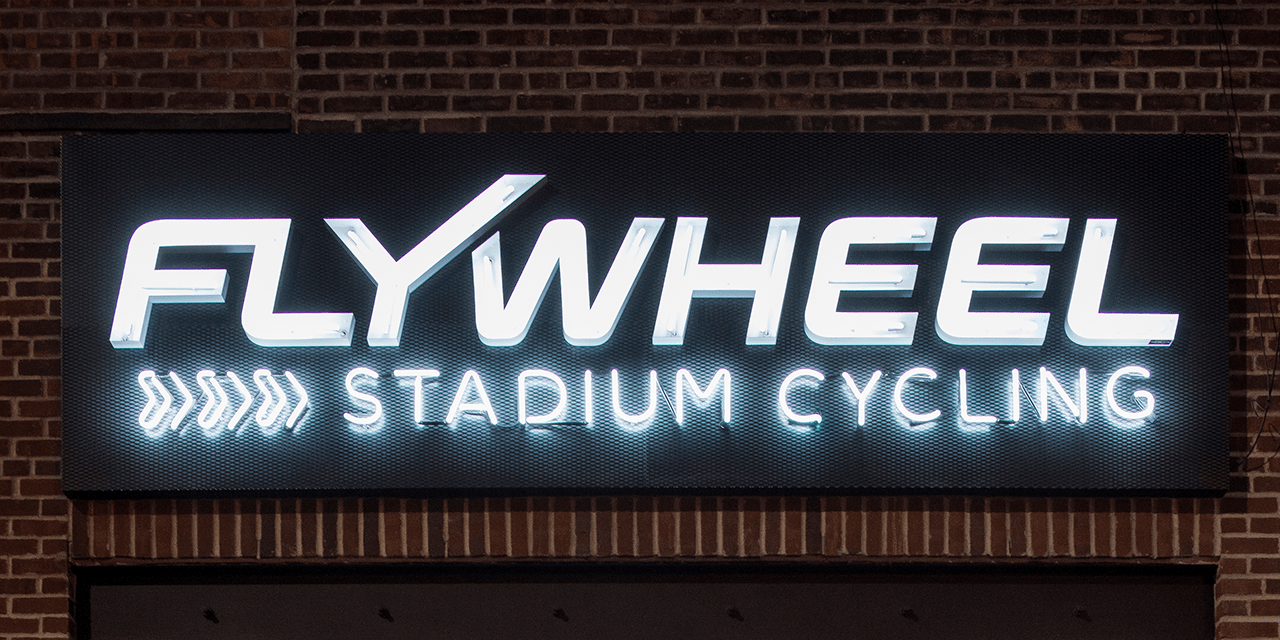
Meanwhile, although some low-cost operators offer classes, they tend not to offer as many.
Ultimately, I don’t think things will ever return to what they were pre-pandemic. At-home will continue to steal from clubs’ share of total indoor cycling rides as people do at least some of their workouts from home. As a result, while there’s certainly a future for double-digit numbers of bikes in a studio space, I can see more classes being offered virtually, especially in the value segment.
The other big question relates to studio demand. The boutiques and franchises were growing rapidly pre-pandemic, but there will be a lot less of them – urban and suburban – as we come out of this crisis. For studios that were marginal before, if there’s a clear path to shutting them, they will shut. Flywheel has already gone and it will be interesting to see what other brands do with their estates. It may be even worse in the UK, where rents are higher.
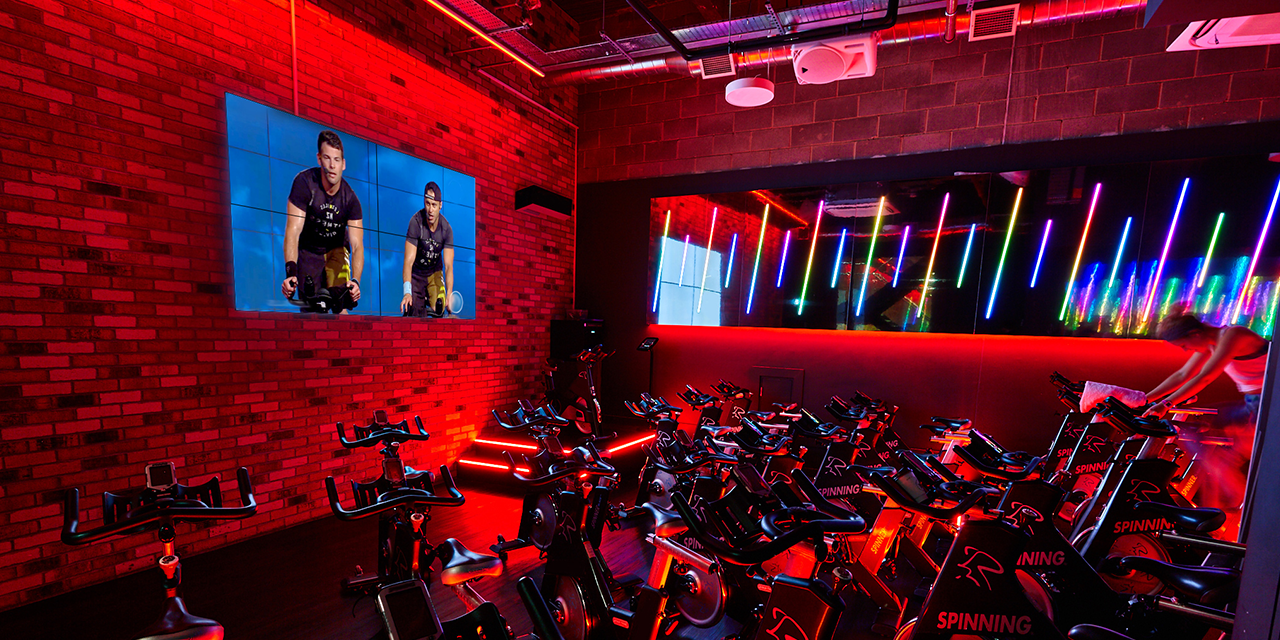
Meanwhile, you have the likes of Peloton, Nordic Track and Echelon serving the home market at different price points: Echelon now has a US$500 connected bike which we’re selling to the mass market through retail channels. I’m not saying everyone can afford that, but it does bring us into the Christmas present price bracket for many. Wallmart has ordered an astonishing number of bikes for Q4 and, provided sales go as it expects, it will do the same for Q1. We’re selling the bikes as fast as we can make them.
Lee Smith
Distributor, BODY BIKE + Les Mills – Australia
The home market has gone crazy in Australia and New Zealand and people are putting good money into it. They’re buying the same commercial brands for their homes as they use in-club, so their remote experience feels the same as in-person classes.
So, the hybrid model is here to stay, but I see it being turned on its head, with at-home influencing in-club. Take A STATE OF RIDE (fondly known as ASOR) founder Matty Clarke. He currently offers live streamed, interactive classes every Friday night, as well as Tuesdays mid-morning to give people in other parts of the world a night-time experience, and is building a strong network of fans. Instructors can already license his programmes, but the long-term will likely see his content on studio big screens for a true rock concert experience in-club.
I also think clubs’ programming will be shaped by home workout behaviours. Online provides great usage data: we know what people are choosing to do and it’s shorter, mix and match workouts. I foresee clubs offering more fusion classes: cycling and HIIT, cycling and yoga, cycling and boxing.
clubs must maximise the virtual experience. why leave members to their own devices and just hope they enjoy it?
Experience is key to the future of indoor cycling; Les Mills has already shown this with its immersive TRIP classes. Matty does similar using music: the workout is just a by-product of being there. What you go for is the vibe and the community he builds through his multi-media approach, with personal shout-outs, real-time engagement during broadcasts and follow-ups on social media.
In fact, I think music will become ever-more focal in indoor cycling, with musicians specially commissioned to create brilliant tracks. When you’re on a bike, you aren’t moving around the room. You have people’s attention and the music really matters.
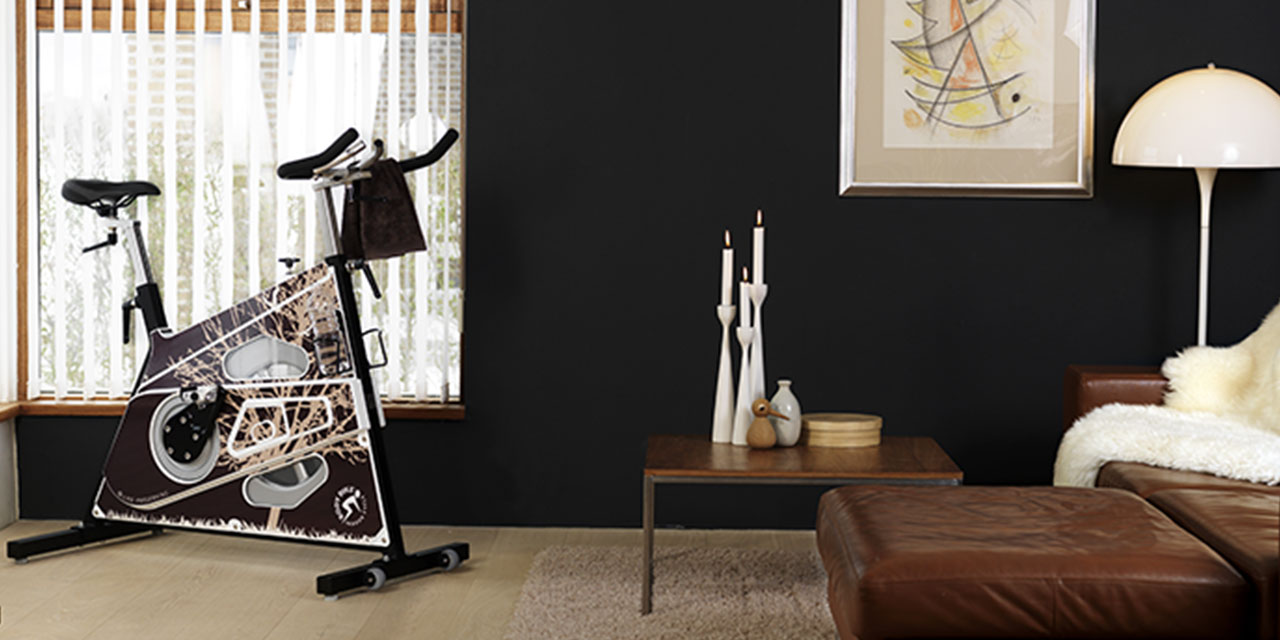
People will return to gyms: in October, a Mindbody report found 71 per cent of Australians are keen to do so. I think we’ll see more virtual classes, though, even at boutiques. One high-end boutique we’re working with in Perth, WA, is planning a 10m x 3m LED screen. It will be an incredible backdrop for live classes and will ensure the off-peak experience is also excellent: a life-sized, world-leading instructor on-screen, with all other premium touchpoints across the studio exactly the same.
Some virtual classes will also be hosted by a team member, and this is key as more classes become virtual: clubs must do more to maximise the virtual experience. Why leave members to their own devices and just hope they enjoy it? Have a team member in there to make sure they do, easing people in, energising the room, leading by example…
Another trend in-club: fewer, but higher spec, bikes in studios. This process was sparked by social distancing, but even as restrictions ease, studios are choosing to keep fewer bikes for busier, buzzing classes. We’re fully behind this. We’d rather sell people the right number of the right bikes, which generally means more tech-enabled models.
Speaking of tech, a final point: I see complementary technology becoming even smarter. If you could have a tech-free indoor cycling bike at home but still get all your data – as Zwift has done for road bikes – it would make a high-quality home set-up even more affordable.
@bodybikeaus
@bodybikeinternational
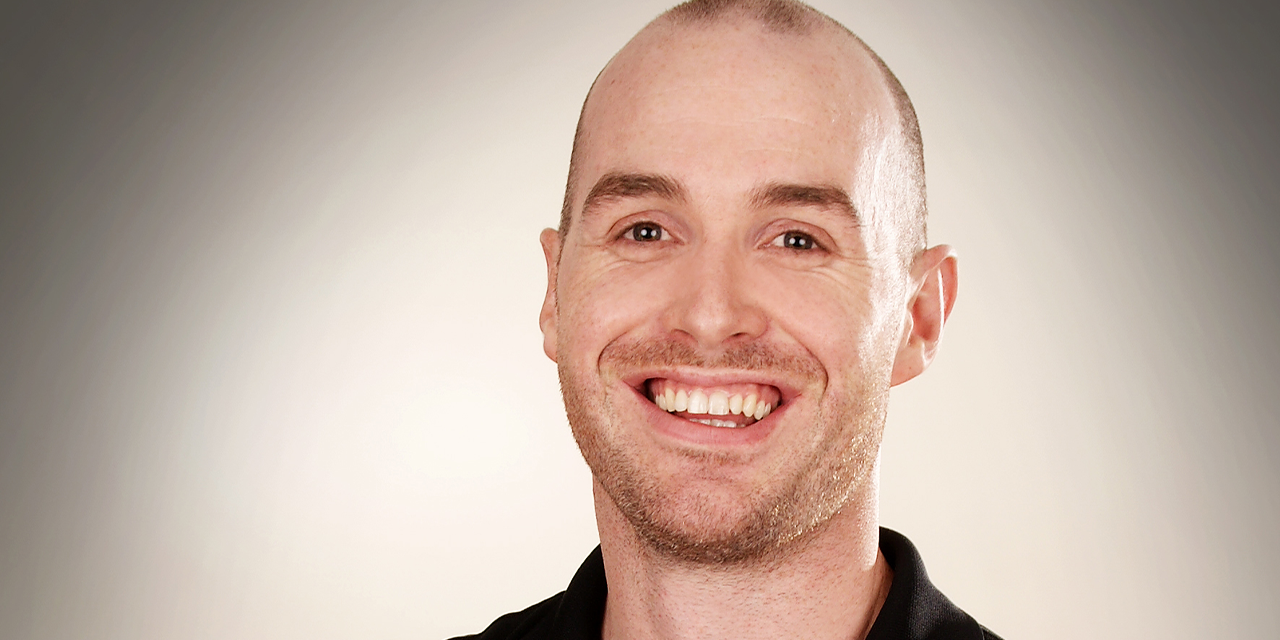 Doyle Armstrong
Doyle Armstrong
International master trainer, Team ICG / Former ICG programme director EMEA
Indoor cycling has already changed dramatically over the last five years: the introduction of power training as standard and the advent of interactive digital systems have changed the game forever. Gone are the days of riding a few rickety bikes in a spare room in the building with a cheap disco light for entertainment (if you were lucky). Now we have fully immersive cinema screens, high specification sound, digitised synchronised lighting and plethora of programmes appealing to every type of customer.
The issue with the explosion of formats within the sector has been two-fold. Firstly, the majority of basic indoor cycling certifications simply don’t cover the underpinning knowledge now required to deliver a large portion of the available programming. Secondly, operators themselves have struggled to define what programmes they should offer, often opting for a ‘use-it-all-at-once’ tactic which comes across as messy and disorganised, doing nothing to push the quality of the sector forward.
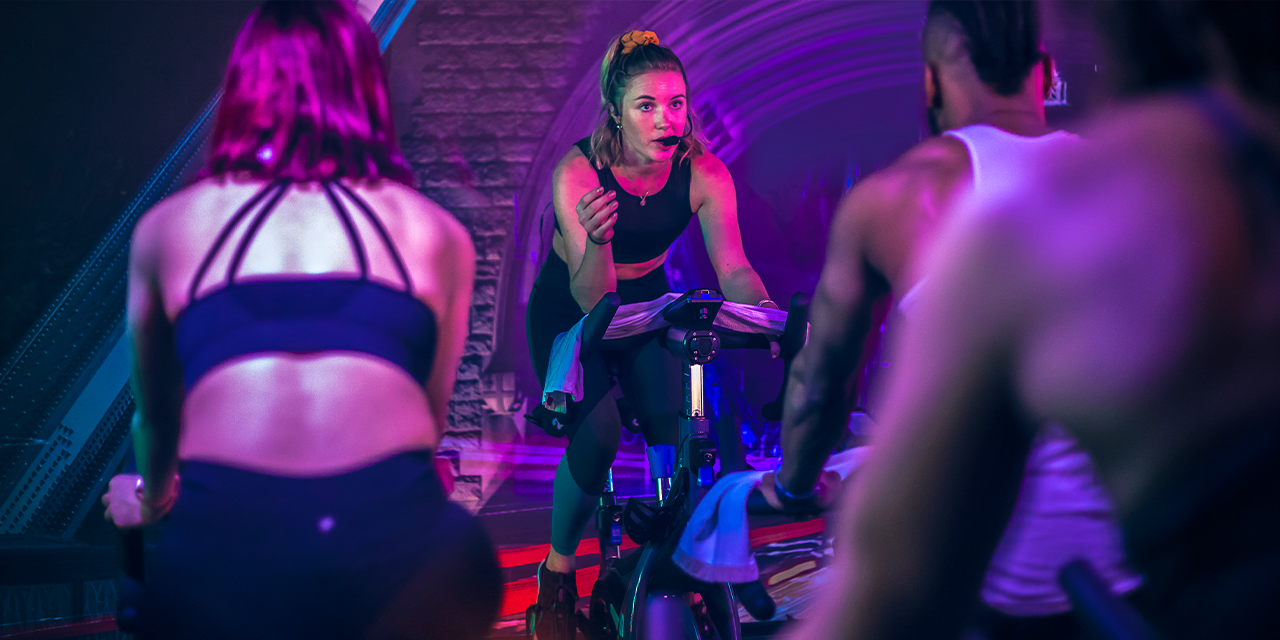
I firmly believe the future of indoor cycling is in the hands of the operators. Manufacturers have already shown their ability to drive the sector forward at speed: education, power training, connected interactive solutions, product-based programming, deeply immersive video solutions, app connectivity… Those responsible for actually delivering the experiences now need to step up and catch up.
Operators must define their programmes to suit their members, concisely package them, deliver them well and develop their team for excellence: proper auditioning, frequent CPD, setting a higher bar in terms of the qualifications they will accept.
The next five years will see operators take greater and greater accountability and responsibility for their own programmes and their successes. Large chain operators have already begun to remove pre-choreographed, off-the-shelf offerings in favour of bespoke in-house programmes reflective of their members and their values.
As operators continue to look more deeply at their indoor cycling offering, hopefully their feedback will also be the much-needed catalyst that prompts education providers to update their indoor cycling qualifications, bringing them in-line with the demands of today’s programming.
Exposed to the world’s great coaches via online platforms, consumer expectations are rising fast
I also expect operators to begin looking hard at how they can capitalise on the growing at-home market currently being cornered by Peloton. Once operators have clearly defined their programmes, I’d expect to see agreements being struck with manufacturers to provide customers with appropriate hardware (matching that used in-club) so they can experience interactive programmes at home on the days or times they can’t make it to class.
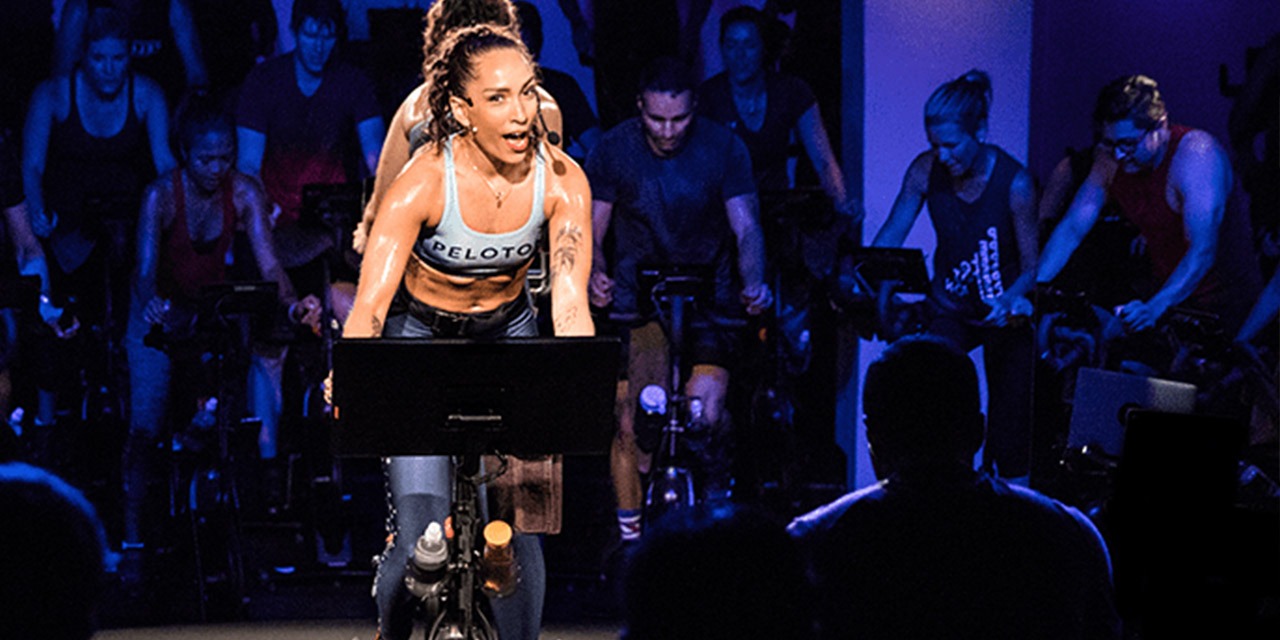
From a manufacturer perspective, I expect further enhancements of the digital offering: greater features, simpler connectivity, a stronger focus on the development of operator-specific in-house programming that reflects the full capabilities of the available systems.
Finally, a word on the instructors themselves. Exposed to the world’s great coaches via online platforms, consumer expectations are rising fast. People are now looking for high quality, knowledgeable instructors with a clear passion for indoor cycling, music and movement. Perhaps the next few years will see the demise of the journeyman ‘fitness’ instructor who teaches indoor cycling on the side, and the advent of the expert indoor cycling coach who delivers unforgettable experiences both in-club and online.
@newarkcyclecoaching
@elementsgroupfitness
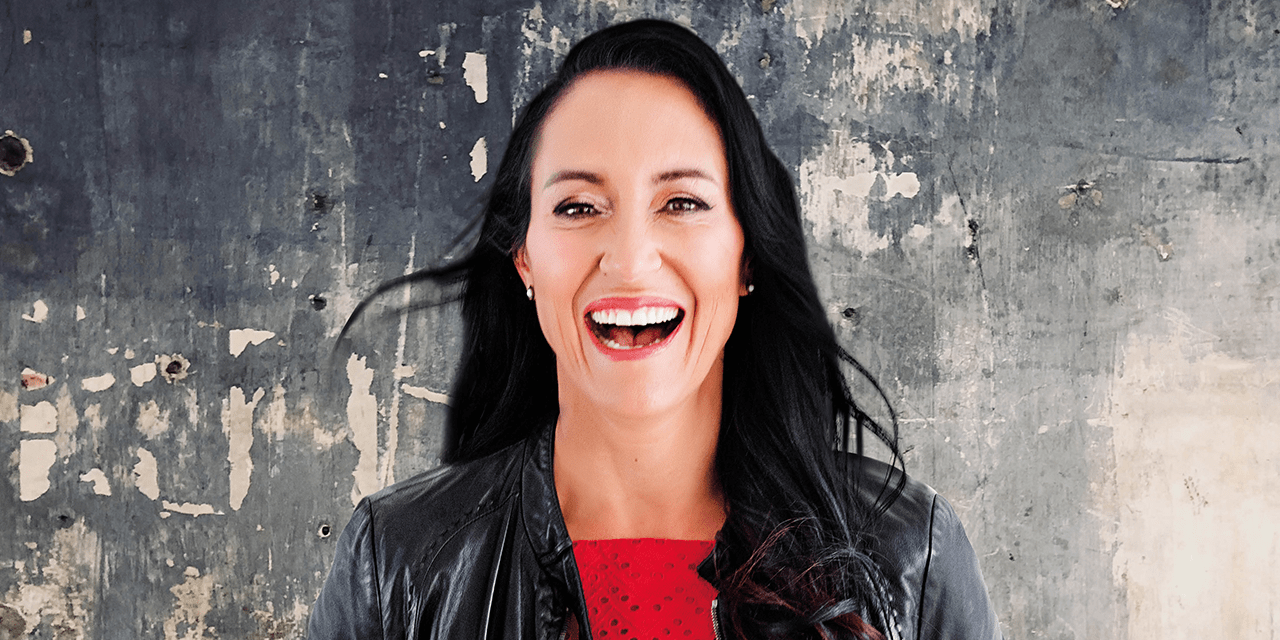 Emma Barry
Emma Barry
Global fitness authority, bestselling author, speaker & mentor
Hear from Emma on…
- Why cycling is the new Fortnite for adults.
- How the science of outdoor cycling will move indoors.
- Why cycling will be a big part not just of fitness, but of health.
- Why eyewear that alters reality is a great match for cycling.
- How mind-blowing entertainment will transform indoor cycling.
- What instructors need to do to stay on-pace.
- Why indoor cycling classes are unquestionably here to stay.
Entertainment will get really good. we’re on a bike, in the dark, going nowhere. What a blank canvas!
Bryan O’Rourke
Fitness technologist & futurist
In-club, in-studio environments will see some interesting evolutions in 2021 and beyond, as digital cycling experiences continue to advance.
Bikes will incorporate more experiental features to coincide with the visual and audio riding experience
- Larger, cheaper video screens and video laser projection systems will become more commonplace, facilitating the delivery of ever-more customised immersive cycling experiences at a price tag more clubs can afford. Think Les Mills TRIP, but even more customisable. All four walls, and even the floors in some environments, will make the ride even more dramatic and fun. More info here and here.
- AI platforms will drive content production – not only visuals but also music. The result: further customisation of ride experiences which evolve and improve based on direct data feedback from riders. This personalisation of group riding experiences will be an exceptional differentiator for certain operators, and new AI tools will make this even more accessible. Indeed, some AI platforms already do this sort of thing. For an exciting glimpse of the AI future, this article is well worth a read.
- Gamification of the experience will become more interesting and engaging for members. The projection of data on-screen, the creation of virtual cycling games, in-ear feedback from new high-end earbuds that can integrate ambient sound (Apple’s products are already doing this), augmented reality or mixed reality glasses providing interactions and feedback… All of this will become part of more immersive, fun experiences.
- Bikes will incorporate more experiential features, including tactile feedback in the handlebars, vibration, and automated climb/descent functions to coincide with the visual and audio riding experience. These features will be customisable based on the ride and the rider’s profile.
- The ability to take the in-studio/in-club ride experience home will grow as streaming and VR technology such as the Oculus Quest 2 – out now – are more widely adopted. This platform, and those like it, will become the norm as the size of the technology continues to shrink and the power of its processing continues to expand. Remote participation in live, in-studio classes will become incredibly realistic thanks to VR, while AI-created playlists and rides will mean members can take their experiences anywhere if bricks and mortar brands want them to. Members could also be offered pure digital, gamified experiences, which will become even more engaging as AR (augmented reality) really begins to make its mark – the next huge platform according to the likes of Google, Apple and Facebook via Oculus.
AR cycling experiences will become significant for at-home use in the next five years

All of which brings us to the out-of-club environment, where new ‘ODAVAD’ (on-demand anywhere virtual anytime digital fitness) cycling experiences for the home and on-the-go market will emerge in the next five years.
AR experiences for cycling – or indeed any fitness programme – will become significant for at-home use in the next five years. In fact, this type of technology is already here and available on the Oculus Quest 2 platform. Supernatural, for example, offers a variety of programmes that are gamified and great fun, led by coaches and shot in beautiful environments. The cost? Just US$19 a month, or as low as US$15 per month with a year’s subscription. Anyone who questions the viability of such fitness experiences will truly change their minds after just one use of this platform.
The ability to enjoy pure digital experiences on a bike at home – either solo or alongside others in a live virtual experience, with gamification components and more – are going to be more prevalent. Such experiences are already out there through the likes of Zwift and Rouvy, with the latter offering real cycling courses (think Tour de France) and the option to compete in live streamed events.
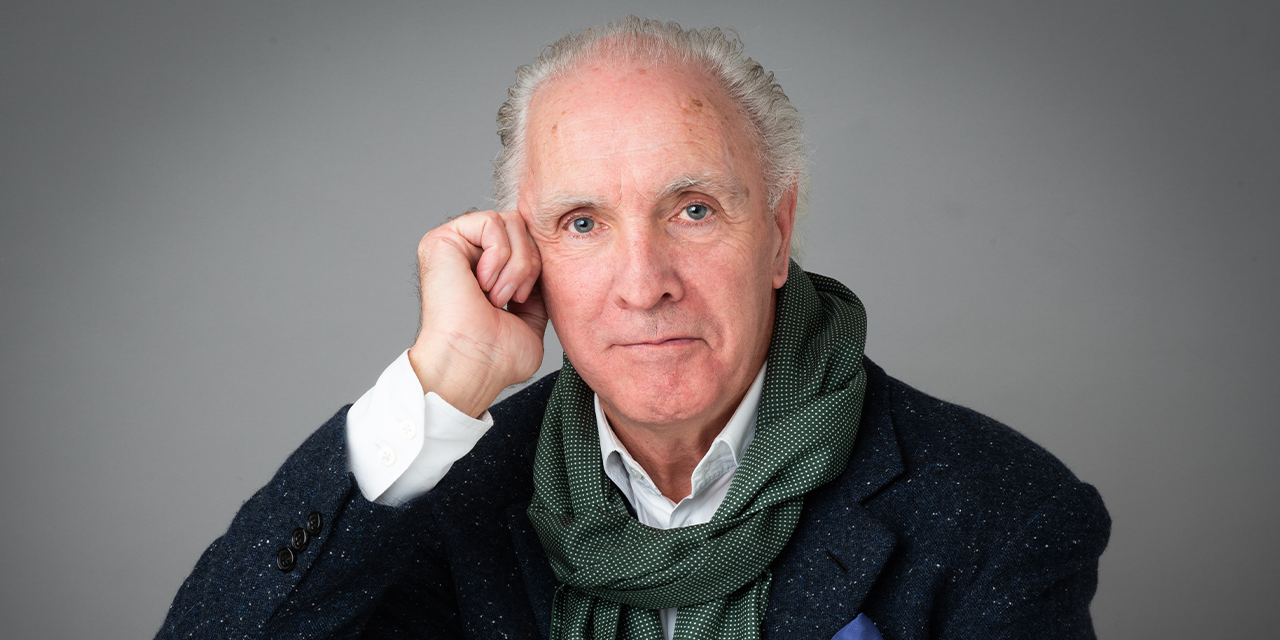 David Minton
David Minton
Director, TLDC – UK
No matter how you spin it, 2021 will be a great year for cyclists: the year of hybrid, technology-enabled fitness.
My favourite example over the past few months: leave home on my Brompton bike, cycle via the park and cycle super-highways to H2 Victoria, walk up to the roof for an outdoor spinning class with workout data sent to my app. Then pick up Brompton and cycle home, Apple Watch provides more data.
For others, hybrid means a home bike to complement in-club classes, with Peloton leading the way: 3.1 million subscribers by the end of June 2020, workouts up 75 per cent since January, Q2 20 revenue up 172 per cent year-on-year, a 355 per cent increase in market cap. A COVID winner, it must nevertheless keep pedalling to maintain growth and stay one step ahead of the growing range of cheaper players, from Apex to Echelon. My view: Peloton will have to move into health and wellness programming, plus smart watches or monitors so it can offer even more feedback. The more expensive Bike+ gives an indication that even more hardware (and software) is in development.
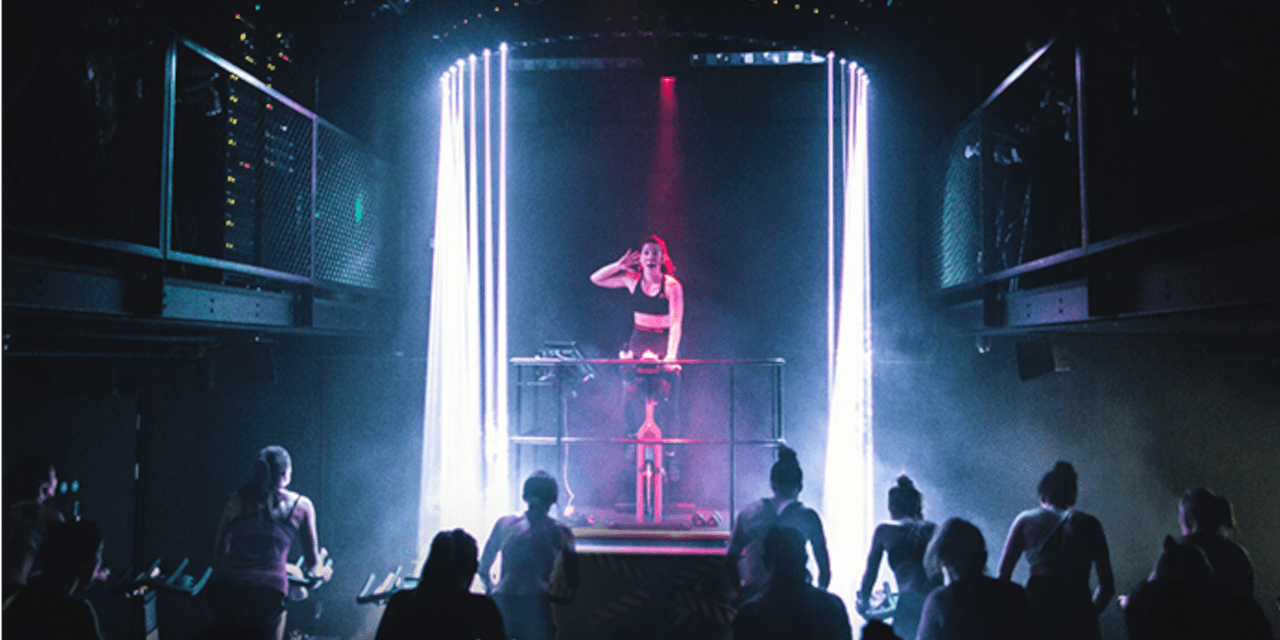
studios still hold a trump card: an emotional and intelligent connection to the consumer
Because competition will only increase, with the legacy fitness equipment suppliers now playing catch-up: Technogym’s collaboration with 1Rebel in London and Revolution in Milan; BODY BIKE’s on-demand partnership with Wexer and new SWITCH bike; the Les Mills Virtual bike. Expect more in this vein.
Boutique operators are getting in on the act, too, in a COVID-inspired but now longer-term hybrid strategy. FIRST:MOVES has launched its own bike, accompanied by a range of live and on-demand classes direct from its London studio. Digme has an option to rent or buy a Keiser bike and ride in live classes via its new app. Psycle offers an at-home service and will sell you a Stages bike, plus additional workouts for barre, strength and yoga. And, of course, the SoulCycle home bike launched just as COVID hit.
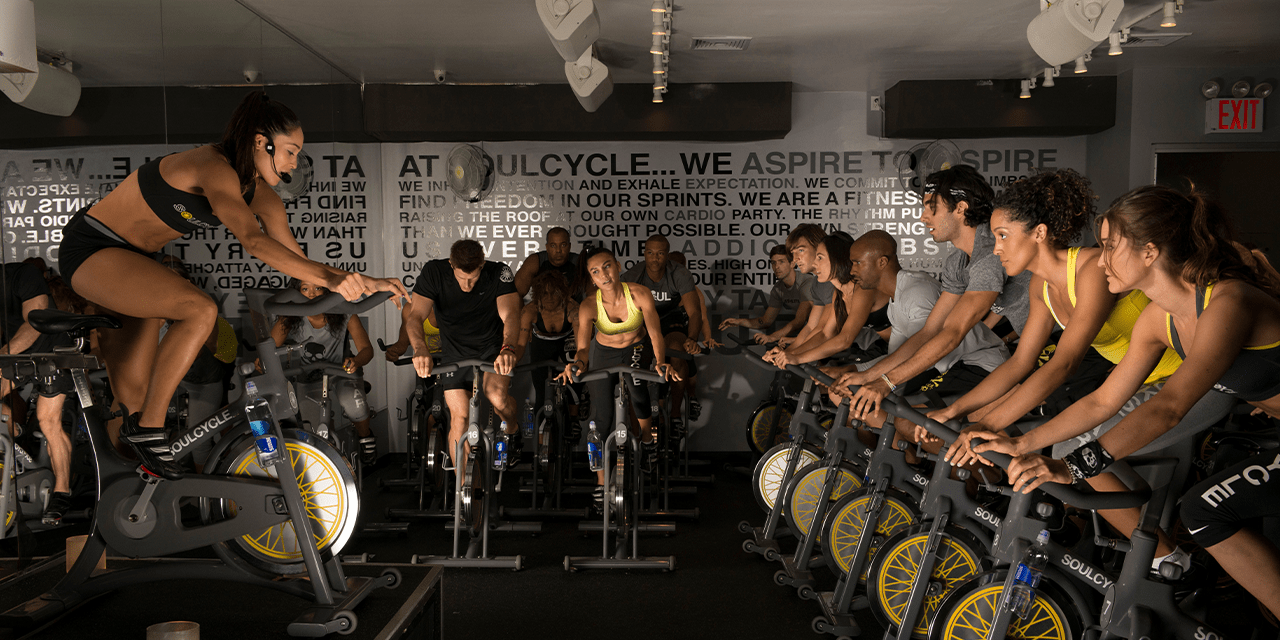
Finally, the home cycling picture wouldn’t be complete without a nod to esports and gamification, where Zwift commands a dominant position: 2.5 million accounts across 190 countries, a growth rate of over 200 per cent per month during lockdown, US$450m in new funding. As the main sponsor of the Tour de France on ITV4, it hosted a virtual Tour that saw pro cyclists compete. In December, it hosted the platform for the inaugural UCI Cycling Esports World Championships. Zwift, and esports more broadly, will continue to grow.
Yet all that said, boutiques and cool indoor cycling studios hold a trump card: an emotional and intelligent connection to the consumer. Peloton has the best combination of hardware and software I’ve tried so far, the UCI Esports Everest Challenge was fantastic, BODY BIKE on-demand’s Ride the World Valley of Fire Challenge – yes! But ultimately the setting, music, gangster instructors and connection with the grupetto will keep drawing me back to the studio. The future is hybrid, not digital-only.
Video

Conceived, powered and funded by BODY BIKE®, RIDE HIGH has a simple mission: to celebrate and champion the very best of indoor cycling, sharing ideas, stories and experiences from around the world to inspire the sector on to even bigger and better things. Subscribe for free by leaving your details below and we'll send indoor cycling's hottest news direct to your inbox three times a year.

